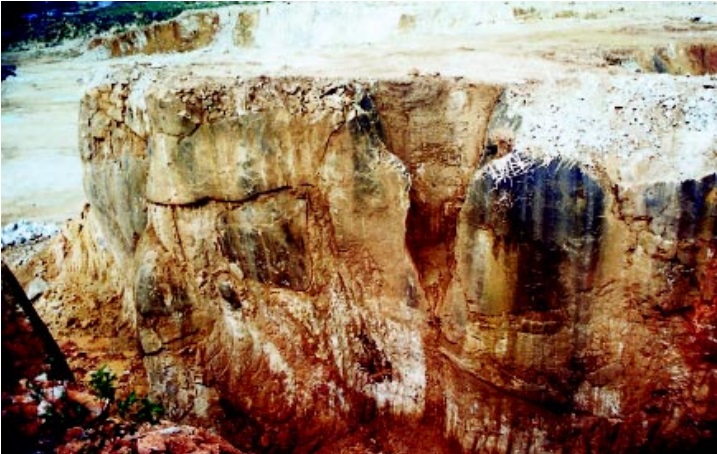The Evolution of Karst and Caves in the Koněprusy Region Bohemian Karst, Czech Republic), Part II: Hydrothermal Paleokarst
DOI:
https://doi.org/10.3986/ac.v27i2.501Abstract
Nastanek hidrotermalnih kraških jam je povezan z variskičnimi hidrotermalnimi procesi. Nastali votli prostori so bili zapolnjeni s kristaliničnim kalcitom. Proces je spremljala močna dolomitizacija. Mlajša faza hidrotermalnega zakrasevanja pa ni bila povezana z zapolnjevanjem žil, ampak z globokim kroženjem kraške vode, najbrž v zvezi z “neovulkansko” dejavnostjo v Češkem masivu. To potrjujeta pelod in razpadli vulkanski pepel v kapnikih, ki so nastali po vodilni speleogenetski fazi. Jame v Koněpruskih devonskih kamninah so domnevno nastale v ujetem vodonosniku v freatičnih in batifreatičnih okoliščinah. Termalne okoliščine so se pojavile, ko se je zaradi močne “neovulkanske” dejavnosti povečala paleogeotermična stopnja. Hidrotermalno zakrasevanje je deloma spremenilo obliko jam. Na podlagi velikih kalcitnih kristalov, ki so se odložili v freatićnih in globokih freatičnih okoliščinah, je mogoče sklepati, da je bila največja temperatura 60-700 C. Piezometrični nivo je bil nad apnenci v silikaklastih zgornjekredne platforme, na kar navajajo številne skoraj navpične freatične cevi (“depresije”), zapolnjene s krednimi in terciarnimi sedimenti, ki so zdrsnili vanje, ko se je pritisk vode zmanjšal. Pokovki podobne silificirane “Koněpruske rozete” so lahko nastale zaradi znižanja gladine termalne vode in mešanja s prenikajočo padavinsko vodo. Zunanji del velikih kalcitnih kristalov, ki se je izločal pri temperaturah okoli 400 C, bi lahko kazal na postopno ohlajanje celotnega sklopa.
The origin of hydrothermal karst cavities was connected with the Variscan hydrothermal process. The cavities were formed and filled by crystalline calcite. The process was accompanied by the intensive dolomitisation. Younger phase of hydrothermal karstification was not connected with vein-filling, but with the deep circulation of groundwater, probably associated with neovolcanic activity in the Bohemian Massif. This is supported by pollen grains and decomposed volcanic ash in speleothems which were formed after the major phases of speleogenesis. It is supposed that caves in the Koněprusy Devonian were formed in confined aquifer under phreatic and batyphreatic conditions. Thermal conditions appeared when paleogeothermic gradient was increased due to intensive neovolcanic activity. Hydrothermal karstification partly changed the morphology of caves. The maximum temperatures were stated to 60-70°C from large calcite crystals precipitated under phreatic and deeply phreatic conditions. The piezometric level was situated above limestones in Upper Cretaceous platform siliciclastics as indicated by numerous subvertical phreatic tubes („depressions“) filled with sunkened Cretaceous and Tertiary sediments after the water buyoancy support decreased. Popcorn-like silicified Koněprusy Rosettes can be result of decrease of thermal water level and mixing with infiltrating meteoric waters. Outer zones of large calcite crystals with precipitation temperatures of about 40° C can indicate the gradual cooling of the whole system.
Downloads

Downloads
Published
How to Cite
Issue
Section
License
Authors guarantee that the work is their own original creation and does not infringe any statutory or common-law copyright or any proprietary right of any third party. In case of claims by third parties, authors commit their self to defend the interests of the publisher, and shall cover any potential costs.
More in: Submission chapter




